The Ocean Cleanup project is a non-profit organization with the goal of eliminating 50% of the Great Pacific Garbage Patch in 5 years and 90% of ocean borne plastic by 2040. These estimates are based upon engineering models of the major ocean gyres combined with reasonable efforts at source reduction.
By The Ocean Cleanup’s estimates, there are 5,000,000,000,000 pieces of plastic in the ocean. These are distributed in 5 major garbage patches, the most famous of which is the Great Pacific Garbage Patch which is located between California and Hawaii.
You can learn more about the massive scale of the Great Pacific Garbage Patch in the video below:
The Great Pacific Garbage Patches
The technical approach of The Ocean Cleanup is designed to take advantage of the natural ecosystem to power its plastic waste collection efforts. Using powered boats and dragnets would consume considerable amounts of energy and manpower.
Instead The Ocean Cleanup uses self-propelled collection nets that drift with the wind and currents. Using sea anchors (think of parachutes dragging behind the collection nets) the collection nets move more slowly than the currents moving the plastic trash.
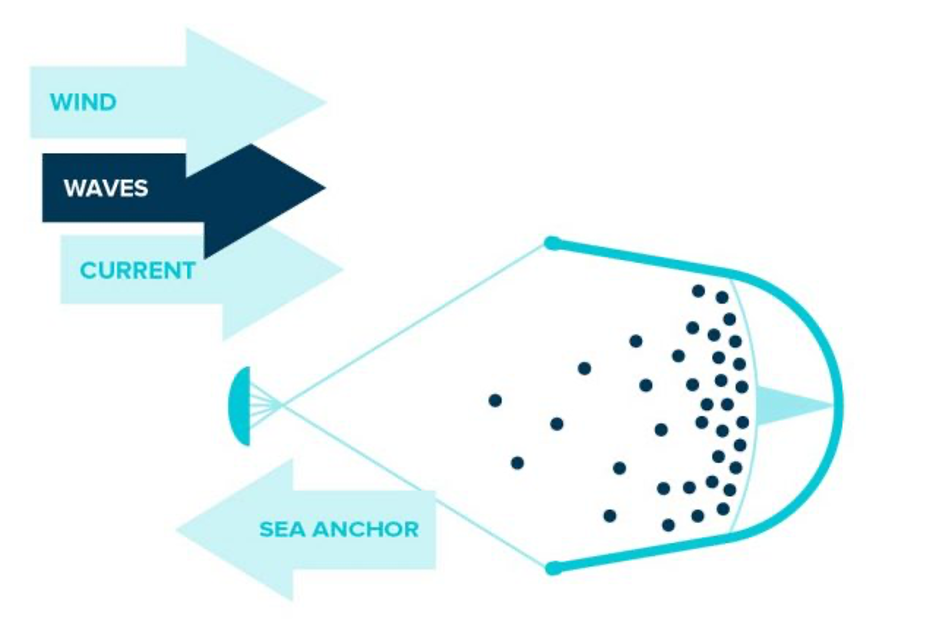
The Ocean Cleanup System Design is an Elegant Solution to a Complex Challenge
This means that the plastic trash moves into the collection nets naturally, consuming no external energy. All transponders, navigation lights, beacons and hazard radio signals are solar powered.
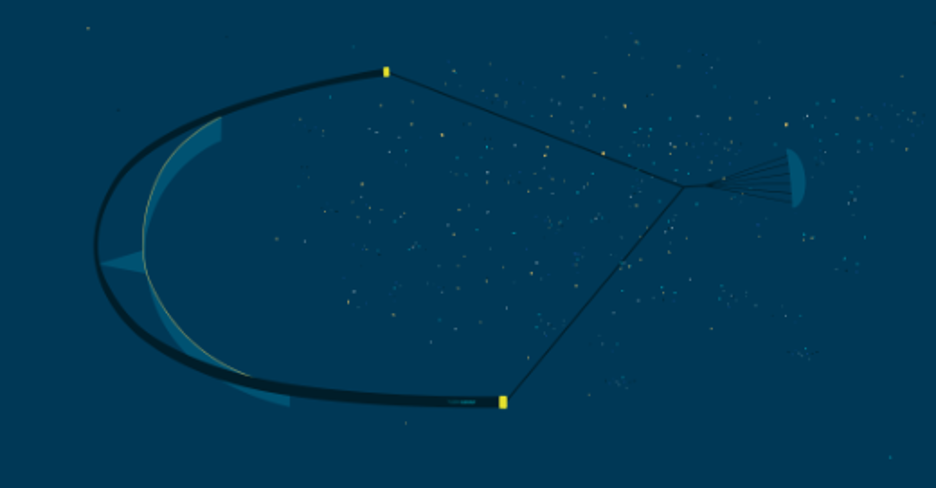
Engineering Simulations Demonstrate the Plastic Waste Collection Scale and Timeline Potential of The Ocean Cleanup Project
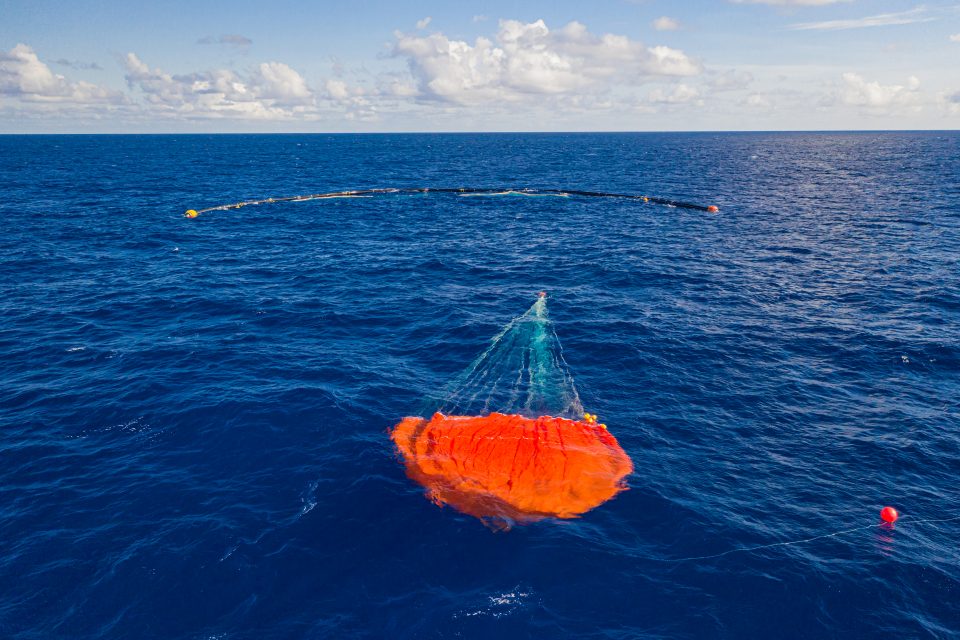
Initial Tests of The Ocean Cleanup Demonstration System were Promising and Multiple Iterations have now Produced the Production Version
Location beacons keep The Ocean Cleanup apprised of where collection nets are located, and when they exit the garbage patch and are ready for trash collection from a ‘garbage truck’ vessel.
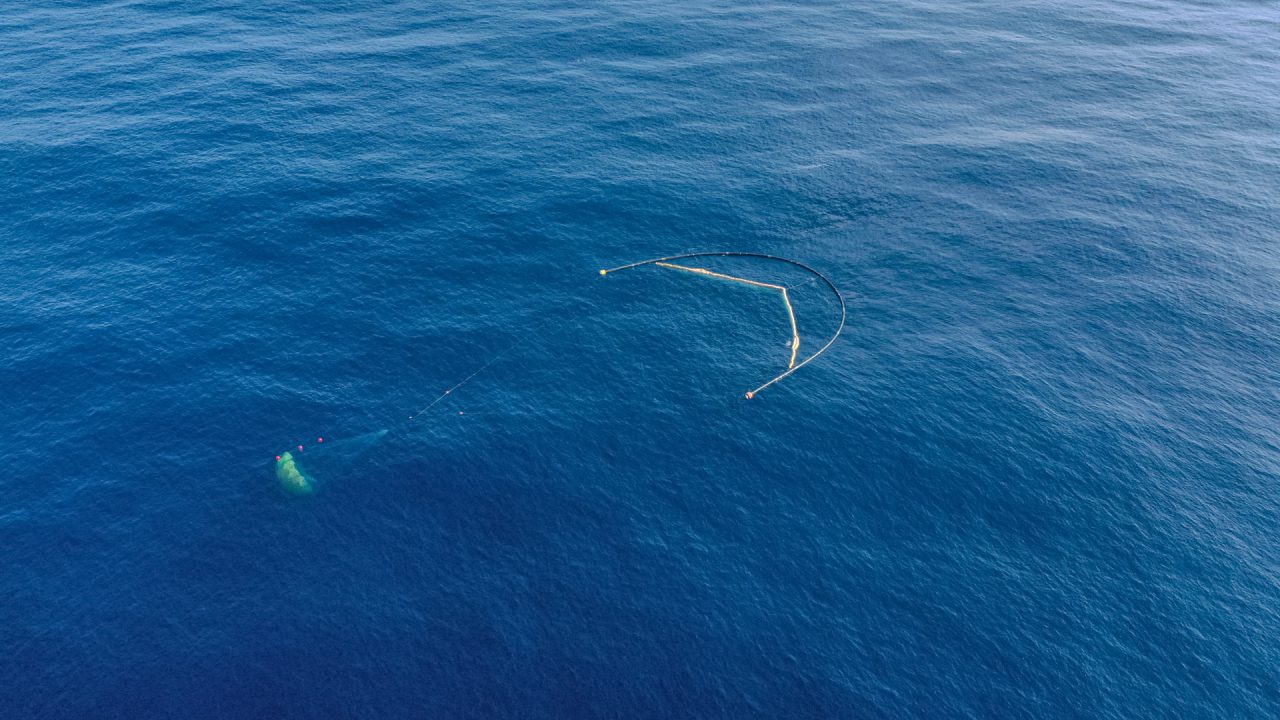
Sea Trials of The Ocean Cleanup System
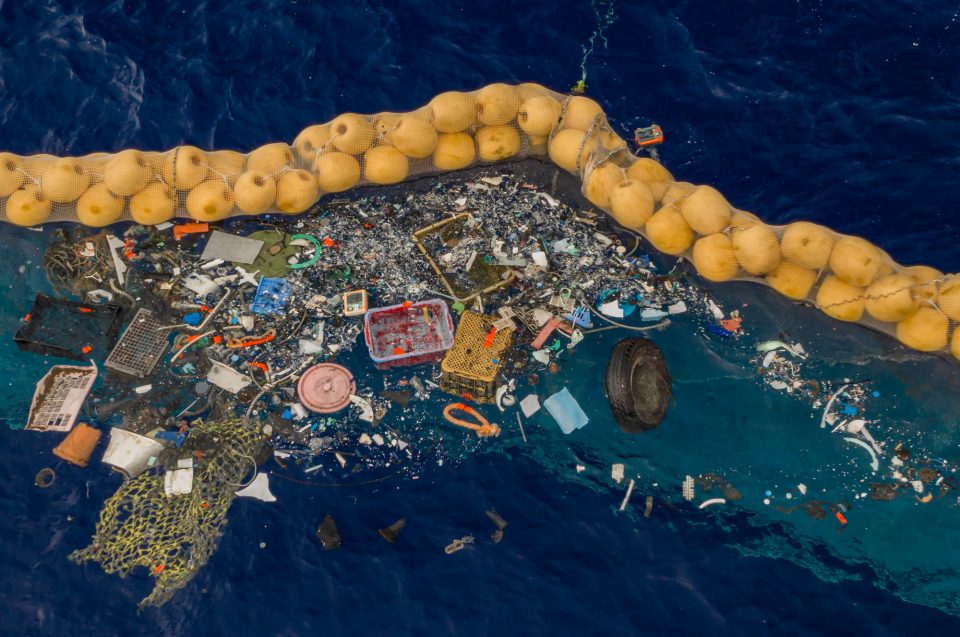
Sea Trials of The Ocean Cleanup System Have Validated Collection Rates and Garbage Patch Remediation Timelines
These systems will be dispersed across the garbage patches to concentrate the plastic using the natural forces available in nature, making pickup by hauling vessels quick and efficient. The simple designs have durability in extreme weather conditions in mind and there are multiple failsafe systems to guard against being entangled in or struck by vessels. Extensive testing has verified that there’s little chance of impact on creatures in the ecosystem and collection vessels follow strict procedures to evaluate each load for sea creatures to verify that there’s no negative impact. One of the advantages of this approach is that discarded fishing nets (ghost nets) are collected and removed. Ghost nets are known for causing distress and loss of life in sea life.
The Ocean Cleanup uses advanced technology, including EREMA plastics recycling technology in collaboration with our one of our customers Plastix to recycle the plastic into usable products, the sale of which will support the effort.
You can see the entire plastic recycling process and the first recycled plastic pellets produced in the video below:
To support The Ocean Cleanup, you can follow and promote their Facebook page here.
You can learn more about certified ocean cleanup plastic products coming and register to purchase the first products here!
Do you have a difficult plastics waste recycling challenge like The Ocean Cleanup project?














